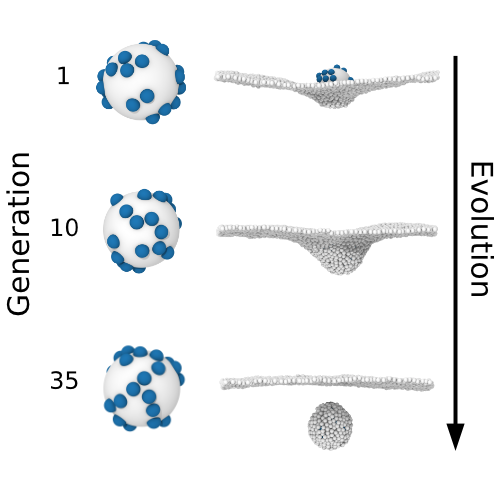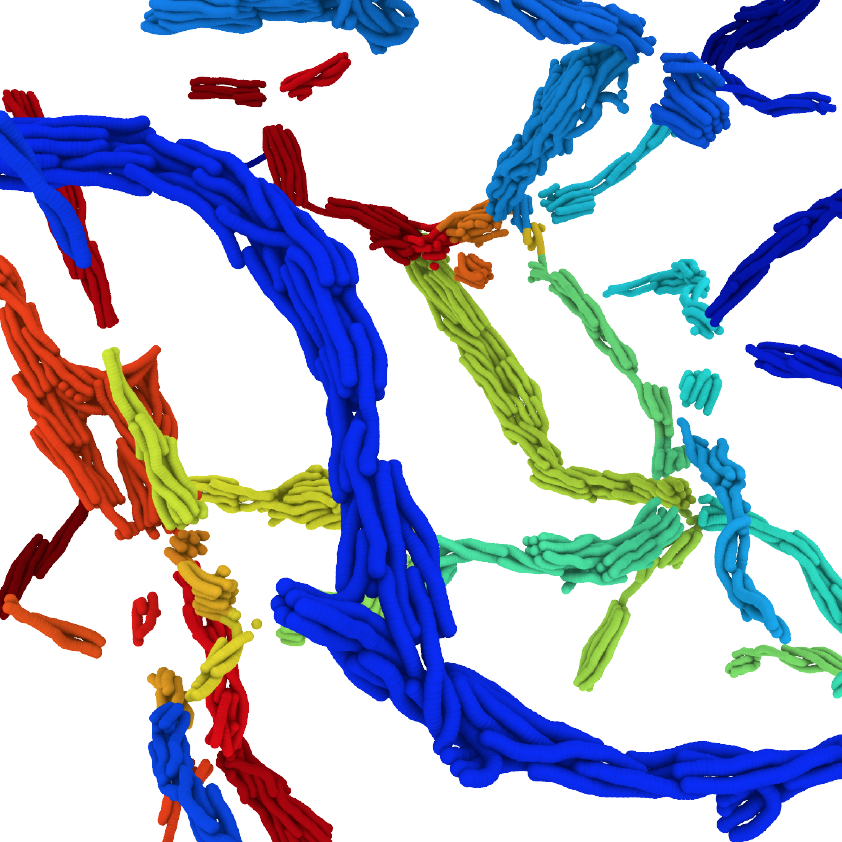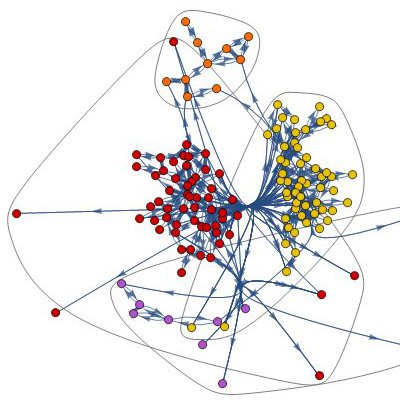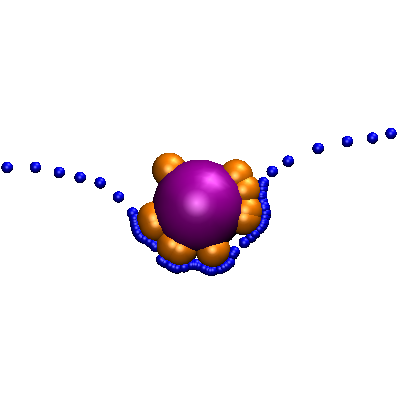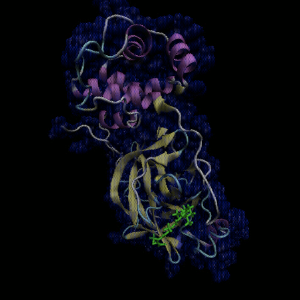
Artificial Intelligence for Drug Discovery
Private Researcher
These days I spend my time developing and designing new models and datasets for AI drug discovery for a private company. Unfortunately this means I can't talk about my research as much as I used to.
I mostly work with structural data, developing new ways to serialise it for pretraining.
